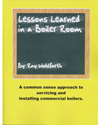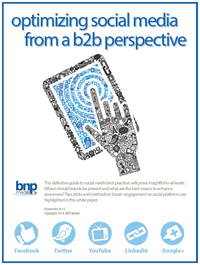Should you take a chance on risky credit?
Rolling the dice.


|
The common industry thinking is that offering risky credit is a bad idea.
However, that rule may not always be the best one to follow when you consider actual potential losses vs. potential benefits.
For most companies in our business, other than the loss of your cost for the product the extra business that a risky sale produces seldom bites into the cost of your overhead, which may represent the largest portion of the sale.
While a $1,000 sale to a risky customer may sound foolish, the loss is little more than the cost of the product (and the higher the markup, the lower the loss). So while a $1,000 figure may sound like something you can’t afford to lose, the actual potential cost of the loss may be worth taking a chance.
In the HVACR business, large equipment usually has a lower markup (the lower the markup the greater the risk). So what about parts, pieces and refrigerant?
I know your markups aren’t really that high, but consider, for example, the types of profit margins many contractors are placing on some items.
A friend recently told me a local service company came to put a little refrigerant in his household refrigerator, charging him about $250! Breaking it down, the parts (a couple ounces of refrigerant and the cost of brazing in a service valve) probably came to between only $5 and $7. He charged somewhere around $150 for them!
Now with that contractor, the cost of a bad debt would be about $110 since the price of the labor must be added. But, he sure wouldn’t lose much on the parts if he didn’t collect!
On the other hand, what does it cost your company when you end up with a new sale? If a risky sale doesn’t add anything to your overhead, any potential losses are much lower than their face value.
Also, realize all risky debts which end up as paid net a much higher profit margin, leaving your entire markup as profit because of little or no overhead!
I don’t know how your company works, but many in the supply business list all their products at a suggested retail price and then privately supply a multiplier to their customers (we often used 0.43) to determine their actual cost. And when you do this, the multipliers can be set higher for new and riskier customers.
This is much better in the long run than turning down new business and potential company profit, which may also lead to customers rejecting purchases from your company as they grow and become more financially stable.
You can say what you want, but this is still a people business. Many of the best customers come from contacts, referrals and long-time friendships. So knee-jerk company policies that stem from the pain of some customer going belly-up and leaving you holding the bag of imagined financial losses always should be avoided.
We see such policies being created all the time by suppliers in the HVACR business. And often times, heads of accounting and billing departments do more harm than good when they are driven to accept or reject customers based on bank accounts, years in business, size, etc.
Oh yes, those are good guidelines to consider, but don’t overlook the fact that losses in dollars are often imaginary when the true cost may be largely what you paid for the product.
HELPFUL LINKS:
Looking for a reprint of this article?
From high-res PDFs to custom plaques, order your copy today!







